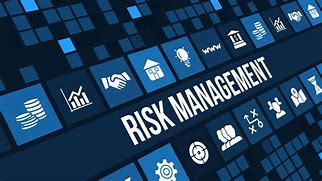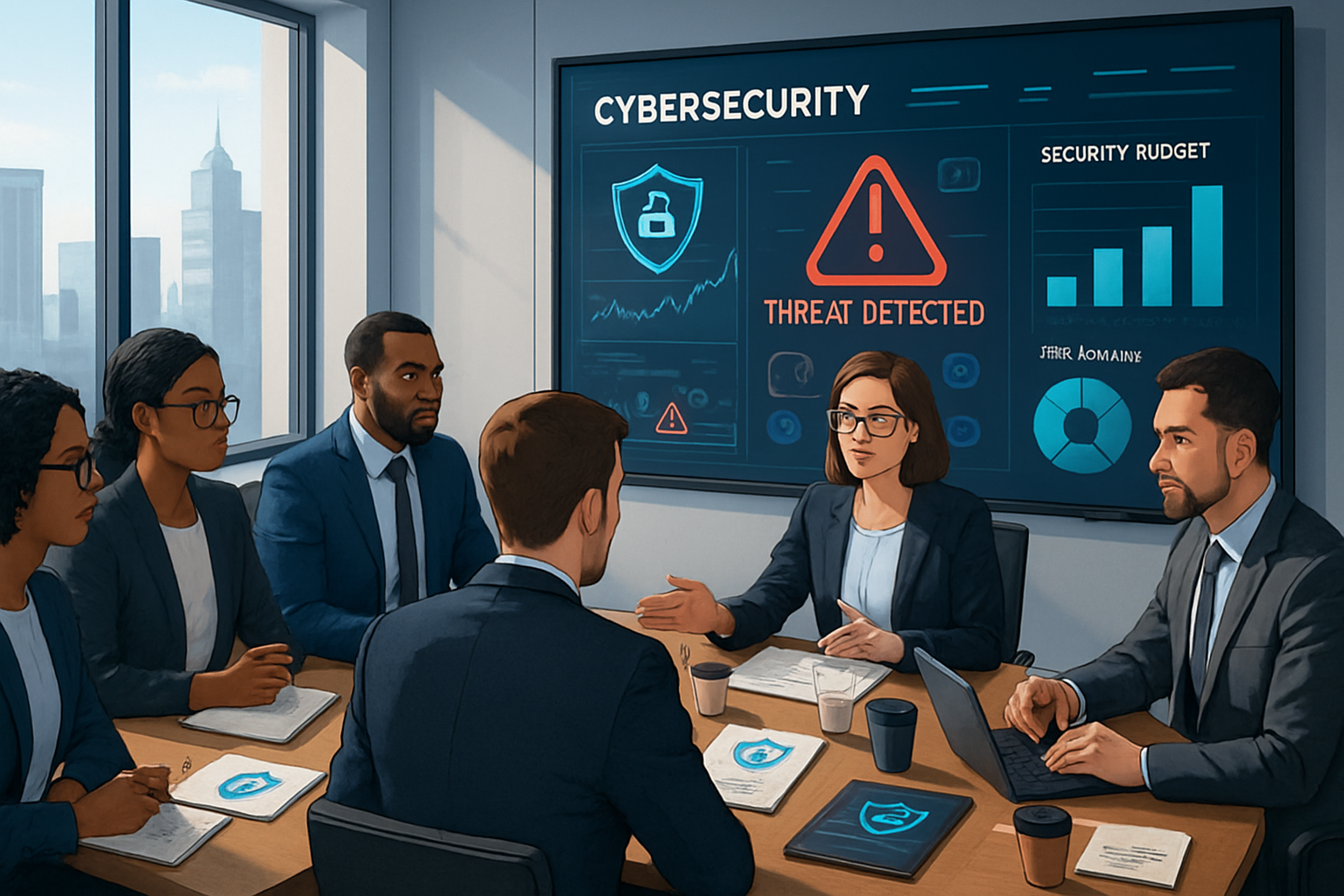2026 Cybersecurity Budgeting For Small And Medium-Sized Businesses
Prepare your business for the evolving cyber threat landscape in 2026 with strategic, cost-effective cybersecurity budgeting tailored for small and...

Third-party risk management is an important aspect of cybersecurity for small and medium-sized businesses (SMBs). These organizations often rely on third parties to provide critical services, such as hosting websites, processing payments, or managing data. However, working with third parties can also introduce new risks to the organization, such as data breaches or loss of intellectual property.
The first step in third-party risk management is identifying potential vendors and partners. This includes any company or individual that your business works with to provide goods or services, such as suppliers, contractors, and service providers. Once you have identified these third parties, you need to assess the risks associated with working with them. This includes evaluating factors such as cybersecurity practices, financial stability, and overall reputation.
One of the biggest risks associated with third-party vendors is the potential for data breaches. If a third-party vendor suffers a data breach, your company's sensitive information and customer data may be compromised. This can result in significant financial losses, damage to your company's reputation, and legal liability. To mitigate this risk, it is important to require all third-party vendors to have robust cybersecurity practices in place, including regular security audits and penetration testing.
Another important aspect of third-party risk management is monitoring and review. This involves regularly reviewing the performance and compliance of your third-party vendors and taking appropriate action if any issues are identified. This may include terminating the relationship if a vendor is unable to meet your company's security standards. Additionally, it is important to have a response plan in place in the event of a data breach or other security incident involving a third-party vendor.
In addition, it is important to have a contract with your vendors in place, outlining the responsibilities of each party and the specific security measures that must be adhered to. This can include clauses such as indemnification, liability, and breach notification.
In today's cyber landscape, data breaches are becoming more and more common, and SMBs are not immune to these threats. Third-party risk management is an essential aspect of protecting your company and its sensitive information. By taking the steps outlined above, SMBs can significantly reduce their risk and protect themselves from the potential consequences of a data breach.
In conclusion, Third-party risk management is an essential aspect of cybersecurity and risk management for small and medium-sized businesses. By identifying potential vendors and partners, assessing the risks associated with working with them, and implementing robust cybersecurity practices, SMBs can significantly reduce the risk of data breaches and protect themselves from the potential consequences. Furthermore, it is important to regularly monitor and review the performance of your third-party vendors and have a response plan in place in the event of a security incident.
Third-party risk management should be important to you because it helps organizations identify, assess, and mitigate potential risks associated with working with external vendors and partners.

Prepare your business for the evolving cyber threat landscape in 2026 with strategic, cost-effective cybersecurity budgeting tailored for small and...

Small businesses face escalating cyber threats that can jeopardize growth, reputation, and customer trust—strengthening cyber defenses is now...

AI-powered voice cloning is revolutionizing cybercriminal tactics, ushering in a new wave of compelling phishing attacks that threaten business...